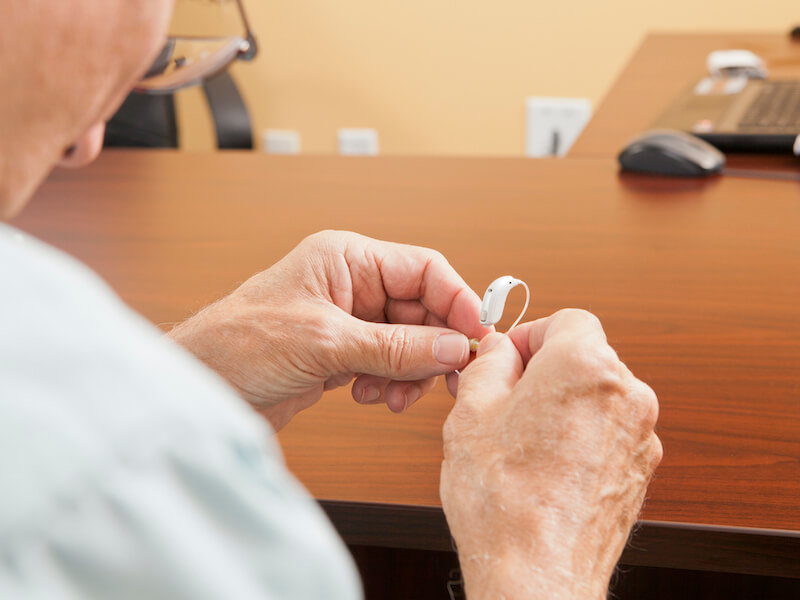
You take good care of your hearing aids. Cleaning them daily, you make sure they’re safe and comfortable on their charger when you go to sleep.
But you get pretty distressed when your hearing aids suddenly stop working the way they did once. Thankfully, there are some steps you can take to diagnose the issue. Just remember: your main job is to avoid damaging your hearing aid additionally (or you may have to replace them).
Troubleshooting your hearing aid
Naturally, when you first got your sweet new hearing aids, you made a point of putting the owner’s manual in a safe place. Hopefully, you did so that you can check with your owner’s manual to perform maintenance and troubleshooting. Following your owner’s manual is important because every model of hearing aid is different.
On most models there are some other things you can check, here are a few:
- Wax accumulation: Do a visual inspection of your hearing aid to ensure that there’s no wax accumulation interfering with basic operation. Even if you carry out routine cleaning, sometimes wax can build up quickly, so it’s worth ticking this off your list.
- Check your battery: Even if you know your hearing aids charged all night, you’ll want to double-check the battery power. If your hearing aid has replaceable batteries, it may not be a bad idea to check if those batteries are inserted properly or if a new one solves the problem.
- Look for noticeable damage: Do you notice any visible cracks or loose components around the shell of your hearing aid? If you find cracks, it could indicate that moisture is getting in and there might be more extensive damage.
- Keep your microphone clear: Look for anything blocking the microphone of your hearing aid. An obstructed microphone can create feedback or can cause your hearing aids to sound broken or silent.
Again, check with your owner’s manual on how you should address each of these concerns. In some cases, you may be able to perform maintenance yourself.
When does my hearing aid require repair?
If your hearing aid keeps malfunctioning after you have performed basic maintenance and troubleshooting, it’s likely that your hearing aid will need to be professionally repaired. That may not always sound desirable, after all, you rely on your hearing aid for daily communication (along with dinners with your family, staying up to date with your favorite Netflix series, and so on).
You won’t necessarily be without your hearing aid for extended periods of time just because it needs to be serviced. In some cases, we can fix your hearing aid in office while you wait.
Or, you’ll be able to bring your hearing aids in for professional help and get them back in just a few hours (this, of course, depends on the degree of the damage, all the more reason to get your devices in for repair as soon as possible).
But quick repair won’t be possible in all cases. And in those cases, you may find yourself in need of a backup pair of hearing aids. So if you’ve got an old pair lying around, ask whether they will serve temporarily. Or maybe we have a loaner pair you can use.
Get assistance with your hearing aids right away
If the audio quality is starting to fail, it’s crucial to get your hearing aids checked and repaired.
You’ll want to avoid any downtime. Your mental health and your overall health can be affected by neglected hearing loss. And it becomes all too easy to leave your hearing aids laying in a drawer somewhere while your hearing continues to diminish.
Keeping those hearing aids in excellent working order is the key to keeping your hearing healthy. And the ideal way to do that is to clean them, keep them charged, and, when necessary, take your hearing aids to get some professional help.